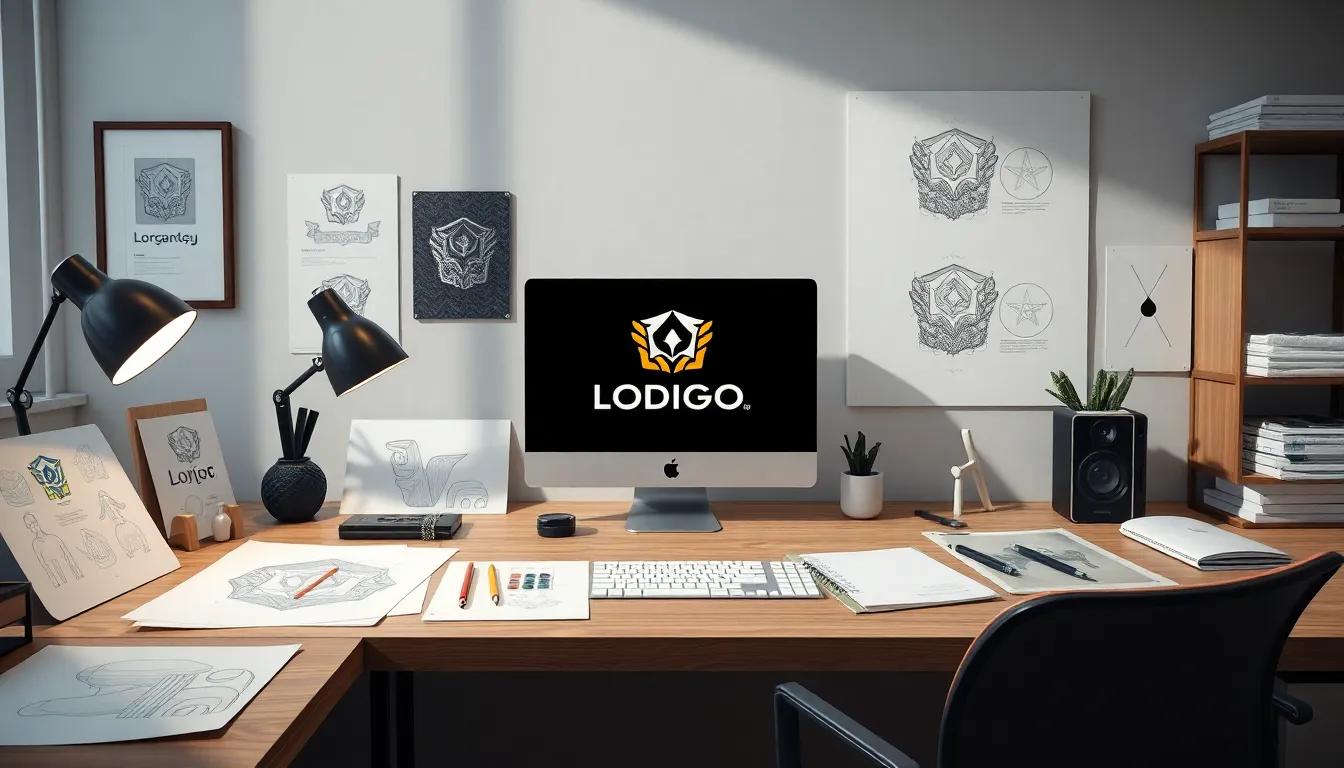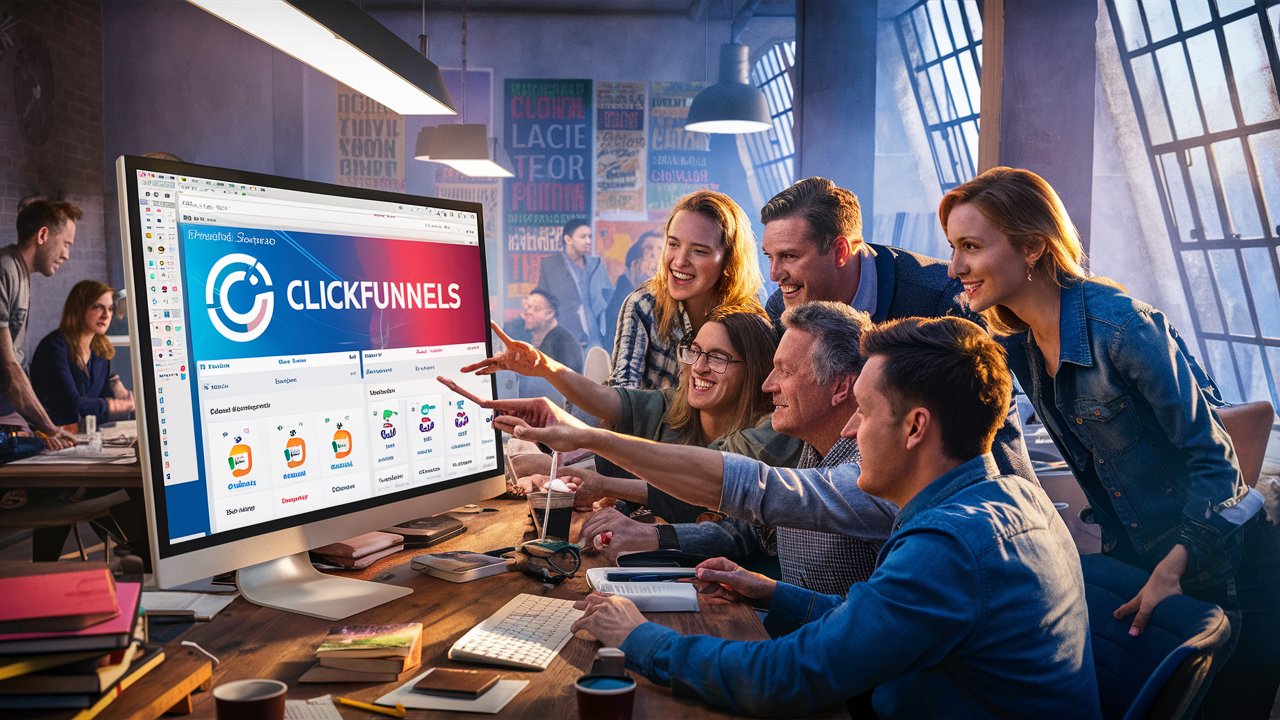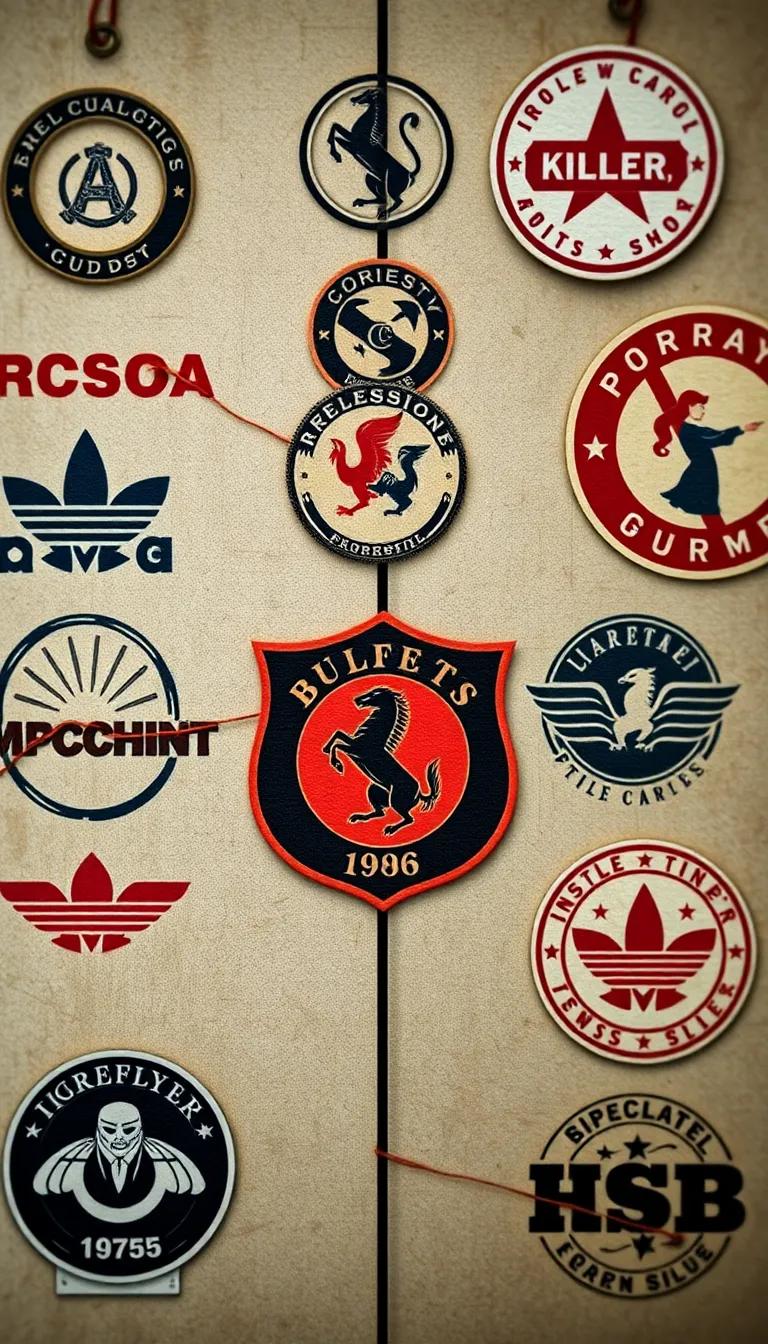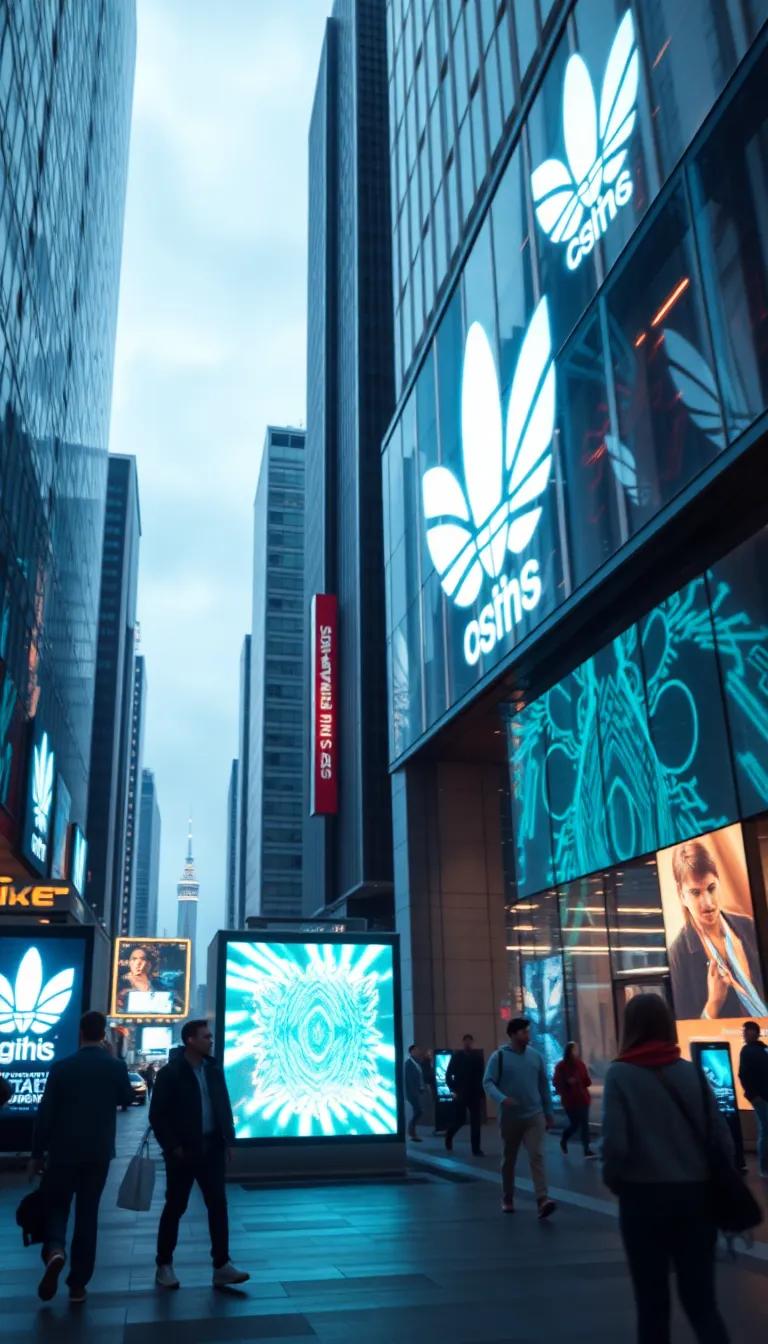Introduction
In today’s competitive market, a powerful business logo serves as more than just a graphic identifier; it is a vital representation of a brand’s identity. As businesses strive to differentiate themselves, logos create an immediate visual connection with consumers, encapsulating the essence of a brand’s values, personality, and promise. A well-designed logo can foster trust and recognition, unlocking a brand’s potential to engage customers and enhance its market presence.
The significance of a business logo extends beyond aesthetics. It’s a central component of brand strategy and marketing communication that can influence consumer perception and loyalty. By blending creativity with strategy, a logo can reflect not only what a business stands for but also shape customer experiences through emotional and psychological engagement. In this article, we will explore the multifaceted dimensions of business logos and their crucial role in elevating brand identity.
The Role of a Logo in Brand Identity
Understanding the Foundational Impact of Logos
A company logo serves as the cornerstone of its brand identity, encapsulating the essence of what the business stands for. It operates not merely as a visual marker but as a representation of the company’s ethos and values. The thoughtful construction of a logo can communicate a brand’s unique personality and mission at a glance, forming an immediate connection with consumers. In a world where choices are abundant, a well-designed logo acts as a beacon, guiding customers towards a brand’s offerings while conveying reliability and professionalism.
Logos possess the power of instant recognition. When consumers come across a logo, they often recall their prior experiences with the brand, whether positive or negative, which informs their purchasing decisions. The design elements of a logo—such as shape, color, and typography—carry meaning that resonates with the target audience. For instance, a logo featuring bold, angular shapes may convey strength and decisiveness, while softer curves can suggest friendliness and approachability. These visual cues are critical in establishing an emotional bond with consumers, nurturing brand loyalty over time.
Setting Your Brand Apart
A powerful logo is integral to differentiating a brand from its competitors. In crowded marketplaces, where numerous businesses vie for consumer attention, a distinctive logo becomes vital. It encapsulates the unique selling proposition of the brand, acting as a visual shorthand for the qualities that set it apart. For instance, a tech company might employ a sleek, modern design to suggest innovation and forward-thinking, while a luxury brand might opt for a minimalist approach with sophisticated lettering to evoke exclusivity and elegance.
Elements of Effective Logo Design Key Components in Crafting a Powerful Business Identity
Understanding Core Design Elements
The effectiveness of a logo closely ties to its fundamental design elements: color, typography, and imagery. Each of these components plays a pivotal role in not only creating a visually appealing design but also in conveying a brand’s message and ethos. Recognizing how to harmonize these elements can substantially empower a brand’s identity and its perception in the marketplace.
Color is arguably one of the most vital aspects of logo design. Different colors evoke distinct emotions and associations; for instance, blue often communicates trust and dependability, while red can signify energy and passion. A well-chosen color palette can resonate with the target audience, forming an instant emotional connection. Brands like Coca-Cola leverage red to grab attention and create excitement, while companies like IBM use blue to instill a sense of professionalism and reliability. Thus, understanding color psychology not only enhances visibility but also deepens the audience’s understanding of a brand’s intrinsic values.
The Significance of Typography and Imagery
Typography presents another significant element that affects a logo’s effectiveness. The choice of font communicates a brand’s personality—sleek sans-serifs typically suggest modernity and innovation, whereas serif fonts may convey tradition and trustworthiness. The alignment, weight, and spacing of text further contribute to how a brand is perceived. For instance, a bold typeface can convey confidence, while a delicate, script font might suggest elegance. Therefore, aligning the typography with the overall branding strategy is essential for establishing a coherent brand identity.
The visual representation within a logo, encapsulates the essence of a brand. Whether it’s an abstract shape, a literal representation, or a combination of both, imagery should reflect the brand’s purpose and value proposition. Take the Nike swoosh as an example; it doesn’t just signify the brand name but embodies motion, speed, and agility. Effective imagery acts as a mnemonic device, helping customers quickly recall a brand amidst market competition.
Logo Evolution and Trends The Impact of Design Changes on Brand Identity
Reflecting Societal Changes and Design Trends
Throughout history, logos have undergone significant transformation, mirroring shifts in societal values, cultural movements, and technological advancements. From the ornate crests of the noble families in the medieval period to the minimalist forms that dominate contemporary branding, the evolution of logos tells a story about the changing fabric of society. In the past, elaborate designs often conveyed power and prestige, while modern logos tend to favor simplicity and clarity, allowing for quick recognition and versatility across various platforms.
One major trend in logo evolution has been the shift towards minimalism. Brands like Nike and Apple exemplify this change with their iconic logos that rely on simple shapes and monochromatic color schemes. These designs resonate in our fast-paced world, where consumers are bombarded with information. By stripping away the excess, these logos communicate their message effectively and memorably. As societal attention spans shorten, the importance of logo simplicity has never been more pronounced.
Significant logo redesigns often aim to reflect a company’s evolution or repositioning within the market. Take, for example, the transformation of the Pepsi logo over the decades. Originally influenced by the retro design trends of early 1900s America, the logo has adapted with every cultural wave, simplifying and modernizing to remain relevant. The latest redesign offers a streamlined appearance that speaks to a diverse, global audience while retaining elements that loyal customers recognize and love.
Reasons Behind Logo Redesigns
The reasons for a logo redesign can vary widely, driven by factors such as a merger, a shift in target audience, or the need for increased digital adaptability. When Gap attempted a bold rebranding in 2010 with a new logo, it faced public backlash and quickly reverted, illustrating that not all changes align with consumer expectations. This case highlights the delicate balance between innovation and brand recognition that businesses must navigate.
Case Studies of Iconic Logos and Their Role in Brand Identity
Successful Brand Recognition Through Logo Design
Throughout the history of branding, certain logos have become synonymous with their respective companies, transcending mere corporate identities. These iconic logos resonate with audiences in a way that not only fosters recognition but also deepens brand loyalty. Take, for instance, the famous swoosh of Nike. Simple yet striking, the swoosh represents movement and speed, encapsulating the essence of athleticism. This minimalist design allows it to be easily recognized across diverse contexts, whether on a pair of running shoes or athletic wear. The logo’s effectiveness lies in its ability to evoke a sense of empowerment and motivation, aligning seamlessly with Nike’s brand message of “Just Do It.”
Another exemplary case is the golden arches of McDonald’s. Instantly recognizable, this emblem has become a global symbol of fast food. The arches’ bright colors and distinctive shape elicit feelings of comfort and familiarity—qualities that McDonald’s skillfully leverages in its advertising and branding. By maintaining consistent visual elements, the logo enhances customer recall, making it easier for individuals to identify McDonald’s branches, regardless of location. Thus, the logo reinforces brand loyalty by providing a reassuring experience of the familiar.
The Power of Simplicity in Logo Design
Consider the apple silhouette of Apple Inc., a logo that embodies simplicity and sophistication. From its inception, the logo has effectively communicated innovation and creativity. The clean lines and uncluttered shape make it adaptable across various platforms and mediums. By opting for a monochromatic design, Apple ensures that its logo maintains visibility and impact, whether it’s on a product or digital screen. This universal appeal allows customers to forge a deeper emotional connection with the brand, promoting a sense of community among its loyal followers.
The Coca-Cola script serves as a masterclass in effective branding. The flowing, cursive text is instantly recognizable and has remained largely unchanged for over a century. Its consistent use across marketing materials reinforces brand identity while building nostalgia among consumers. The logo evokes a sense of happiness and togetherness, aligning perfectly with Coca-Cola’s marketing narratives.
By analyzing these iconic logos, the importance of strong, simple designs becomes clear. They not only represent companies; they evoke emotions and stand as symbols of the values and promises behind the brands they signify. In an ever-competitive market, a powerful logo is a crucial asset that can significantly bolster brand identity and consumer loyalty.
The Future of Logo Design Adapting to Digital Advancements and Changing Consumer Preferences
The Impact of Social Media on Logo Visibility
As society becomes increasingly interconnected and reliant on digital platforms, logo design evolves significantly in response to technological innovations and shifting consumer expectations. Today’s logos must transcend traditional forms, integrating seamlessly into myriad digital environments. This evolution demands a design approach that prioritizes flexibility and adaptability, ensuring logos remain relevant regardless of where they are showcased.
Social media has emerged as a predominant channel for brand interaction, dramatically enhancing the visibility of logos and, consequently, a brand’s identity. In this dynamic landscape, logos must perform well not only in print but across various social platforms, where they are often the first visual element that consumers encounter. As a result, logos must possess qualities that enhance instant recognition and communicate brand values effectively in glance-able formats.
To capitalize on this trend, businesses are increasingly designing logos with distinct traits that propel their brand message in crowded feeds. Here are some critical aspects to consider in future logo design:
- Simplicity: A polished yet uncomplicated design often resonates better with audiences, enabling quick recognition, especially on mobile devices.
- Memorability: Icons or symbols that evoke strong emotions or valuable associations tend to stick in consumers’ minds, ensuring the logo becomes a lasting part of their brand narrative.
- Versatility: Logos must maintain integrity across various media formats, from Instagram posts to website headers. This often necessitates the creation of multiple versions or iterations of the original design.
- Color Psychology: The colors chosen can significantly influence consumer perceptions. Brands today must be acutely aware of color choices to align with their desired emotional appeal.
- Interactivity: With the advent of digital marketing, dynamic logos that engage consumers through animation or interactive elements can further enhance the brand experience.
As brands navigate the complexities of this evolving landscape, they must prioritize a logo’s effectiveness in fostering connection. A strong, strategically designed logo can act as a catalyst for high brand recognition, facilitating deeper consumer loyalty and engagement. Ultimately, the future of logo design lies in its ability to capture attention swiftly while evoking the core values and mission of the brand, thus securing its place in an audience’s mind amid the noise of the digital age.
Conclusions
A compelling business logo is essential for establishing a strong brand identity that resonates with the target audience. It highlights the brand’s unique attributes and helps consumers connect with the values it represents. As branding becomes more important in today’s marketplace, the need for an effective logo cannot be overstated—it serves as a visual ambassador for the business.
Investing time and resources into developing a powerful logo can yield significant long-term benefits, fostering recognition, loyalty, and trust among customers. As brands evolve, so too should their logos, ensuring they remain relevant and reflective of the brand’s mission and vision. The journey to creating an impactful logo is an ongoing process, pivotal for any business aiming for sustained success.














